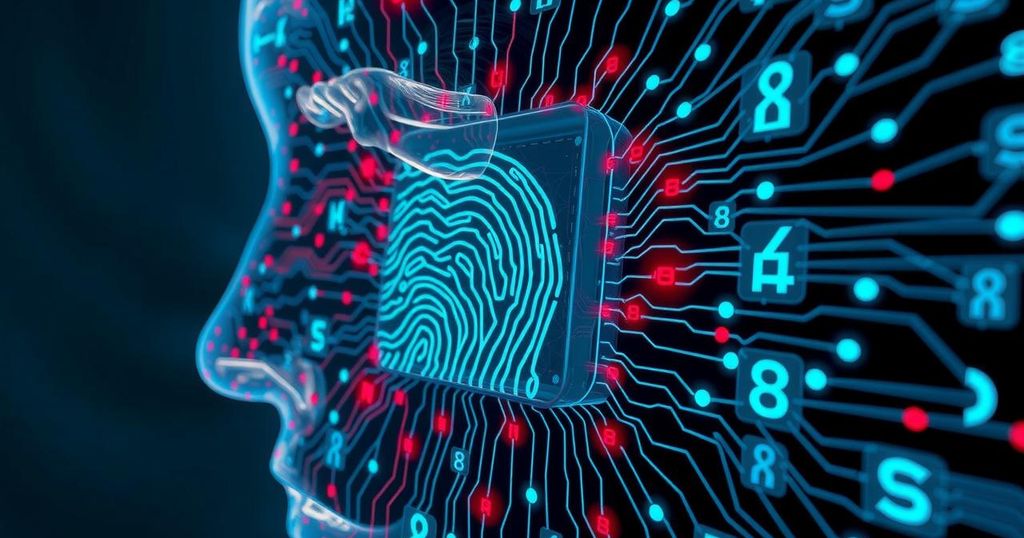In the face of increasing cyber threats, biometric security, particularly through ultrasonic fingerprint recognition and AI, is becoming vital. AI enhances these systems’ accuracy and real-time threat detection capabilities. The combination of behavioral biometrics and AI further strengthens security by allowing for anomaly detection. Personalized security measures based on user behavior adapt to evolving risks, making biometric systems more robust against unauthorized access.
In an era where cyber threats are increasing, biometric security, particularly fingerprint recognition, is becoming essential for protecting digital identities. Ultrasonic fingerprint authentication, employing high-frequency sound waves, surpasses traditional scanners by capturing detailed 3D images of fingerprints, making spoofing via synthetic fingerprints significantly harder. Notably, artificial intelligence (AI) enhances the accuracy and security of these systems by allowing for real-time detection of potential threats and continual adaptation through learning from new data.
AI integration in biometric systems also plays a crucial role in overcoming spoofing challenges. By utilizing sophisticated pattern recognition, AI can differentiate between real skin and high-quality fakes, drastically lowering the risk of unauthorized access. Additionally, cloud-based biometric systems benefit from AI-driven encryption techniques to secure sensitive data, ensuring effective authentication via multi-factor measures that combine biometrics with traditional methods like passwords.
The integration of machine learning in behavioral biometrics further strengthens security frameworks. ML analyzes user behavior patterns and can flag unusual activities even if a biometric scan is valid, ensuring authentic interactions. Furthermore, AI models enhance biometric systems by analyzing fine features and inconsistencies in fingerprint data in real-time, fortifying defenses against advanced spoofing techniques.
AI also personalizes security measures based on user-specific behaviors and transaction risks. By adjusting authentication requirements dynamically—stringent measures for high-risk actions—AI ensures that security protocols are sufficiently robust for various contexts. Together, these developments indicate a shift in biometric security towards AI-powered solutions, which promise enhanced safety and user convenience in a rapidly evolving digital landscape.
As cyber threats escalate with growing digitalization, the demand for effective security interventions has surged. Traditional biometric authentication methods, while reliable, face challenges from advanced spoofing techniques. Ultrasonic fingerprint technology addresses vulnerabilities in legacy systems through 3D imaging, while artificial intelligence enhances threat detection. The amalgamation of AI and machine learning within biometric solutions leads to smarter protection capabilities, essential for combating contemporary identity theft and unauthorized access.
The implementation of AI in biometric security is rapidly evolving, bolstering the resilience of these systems against spoofing and unauthorized access. Advanced techniques like ultrasonic fingerprint recognition, coupled with AI’s ability to learn and adapt, create a multi-layered defense structure. Consequently, the merging of behavioral analytics with biometric data enhances overall security, positioning AI as a cornerstone in the future landscape of cybersecurity. As threats develop, so too will these sophisticated biometric systems, creating a safer digital environment.
Original Source: www.dqindia.com






